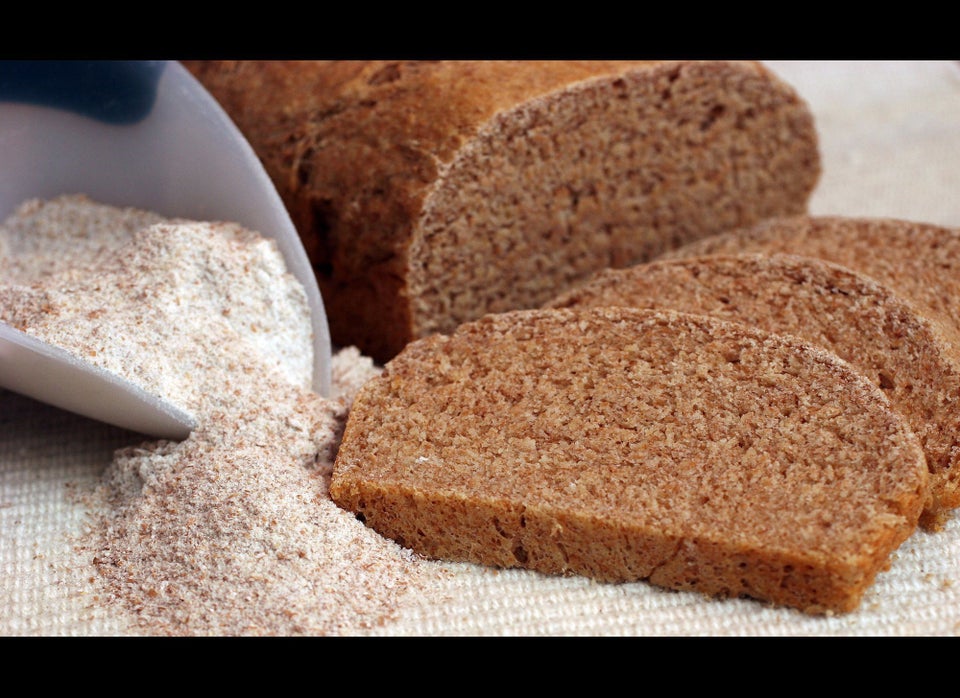
While the new nutritional guidelines imposed by the USDA this fall require a wider selection of fruits and vegetables in school meals, the same cannot be said of snacks sold in school stores, snack bars or vending machines.
In 49 states, fewer than half of secondary schools sold fruits and vegetables in snack venues in 2010, according to a report by the Kids’ Safe and Healthful Foods Project, a joint initiative of The Pew Charitable Trusts and the Robert Wood Johnson Foundation.
The authors reviewed data on the types of snack foods and beverages sold in secondary schools via vending machines, school stores and snack bars. The data came from the School Health Profiles 2010: Characteristics of Health Programs among Secondary Schools in Select U.S. Sites, a biennial assessment from the Centers for Disease Control and Prevention.
The report found that many states reduced the availability of low-nutrient, high-calorie snacks like chocolate candy and salty chips in secondary schools between 2002 and 2008, but progress has since stalled. Between 2008 and 2010, the number of schools selling chocolate candy, other candy and salty snacks increased by 5 percentage points in four states. Meanwhile, only five states expanded the availability of fruits by at least 5 percentage points, and just three did so for vegetables.
Nationally, the availability of snack foods in secondary schools varies considerably by state. While the majority of states have policies in place regulating snack foods in schools, the degree to which these policies are enforced differs. Among states and the District of Columbia, the median percentage of schools that sell fruit in school stores, snack bars or vending machines is 28 percent. In addition, the median percentage of schools selling vegetables in snack food venues is 19 percent.
Some examples of good snacking are evident in New Hampshire — the only state to offer fruit options in snack venues in half of its schools — and Michigan, where more than one-third of schools sell vegetables in snack venues. Elsewhere, only 11 percent of schools in Alabama sell full-fat salty snacks, and just three percent of the schools in West Virginia sell soda or fruit drinks.
The findings come as the USDA prepares to issue policies requiring that foods and beverages sold outside of the federal school meals program meet minimum nutrition standards. These include items — often called “competitive foods” — sold in vending machines, school stores and cafeteria a la carte lines.
“Because many students consume as many as half of their daily calories at school, what children eat during the school day is a critical issue if we want to reverse obesity rates," Jessica Donze Black, director of the Kids' Safe and Healthful Foods Project, said in a statement.
A health impact assessment released in June determined that updating national nutrition standards for snack foods and beverages sold in schools -- a move proposed by first lady Michelle Obama and Agriculture Secretary Tom Vilsack in January -- could go a long way in helping students maintain a healthy weight and increase food service revenue.
A previous study conduced by Y.C. Wang et al. in 2006 found that the spike in childhood obesity between 1988 and 2002 could have been prevented by an average reduction of 110-165 calories per day.
The Pew report recommends that the USDA establish nutrition standards for all snack foods and beverages sold in school but outside of the school meals program, and adopt policies and practices that ensure effective implementation of said standards. Proposed standards include age-appropriate calorie limits for items sold individually, a maximum total calorie limit on sugar and fats, and restrictions on calories and serving size for all beverages.
